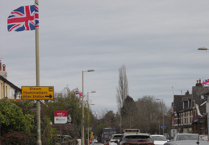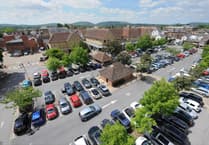With the possible impending closure of Alton’s Palace Cinema, one of the last independent picture houses in the south east, Peter Desmond-Thomas has raised a question about when it was actually built and opened to the public.
Peter is convinced “the history of the Alton Picture Palace dates from 1911, as opposed to the oft-quoted December 1912, when it finally opened.”
Mr Desmond-Thomas has been in touch with Jane Hurst, who writes: “Alton Papers number 15 states: The first place to show films in Alton was the Assembly Rooms with visits of people such as the Baring Brothers with Edison’s Animated Pictures of the Coronation Procession, Naval Review, etc. in August 1902.
“This was known as the ‘Alton Cinema’. When the Foresters’ Hall opened in Church Street in 1911, they also showed films at their Alton Electric Theatre.
“In October 1911 plans were agreed for a Picture Palace in Normandy Street with alterations approved in July 1912. On Saturday, December 14, 1912, the Hants Herald and Alton Gazette made the following announcement: ‘Next week Alton will have another picture theatre opened. This latest addition to the town’s places of amusement is situated in Normandy Street, opposite the Congregational Church.’”
Surely that must make the Palace one of the longest surviving cinemas in the country.
A quick search on the internet reveals the Electric in Birmingham and the Theatre Colwyn in Colwyn Bay both have evidence of being in use in 1909 so Alton’s picture house is nor far behind, be it 1911 or ’12.
Originally built with 440 seats and designed by Portsmouth architect Bates White, it had a semi-circular brick façade faced in Bath stone and two large dressing rooms, as shown in this postcard from Jane Hurst.
It was renamed the Palace Cinema around 1929, acquiring sound projection equipment a couple of years later. In 1937 it closed for rebuilding in the current Art Deco style, with a balcony increasing seating to 620. A second screen with seats for 60 was added in 2003.
Let’s hope Raj Jeyasingam manages to find a sympathetic buyer who is keen not to break this long tradition of film in the town in what is now a very rare survivor in Normandy Street.





Comments
This article has no comments yet. Be the first to leave a comment.